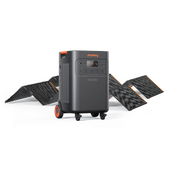


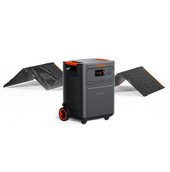


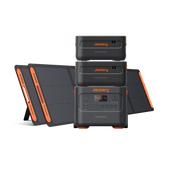
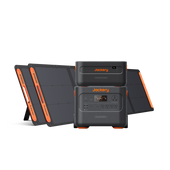
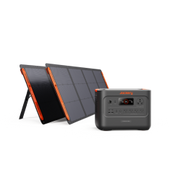
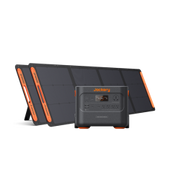


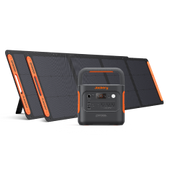
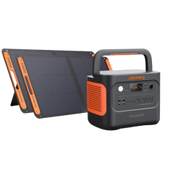


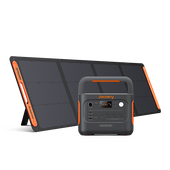


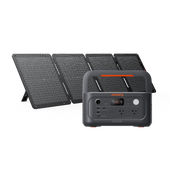
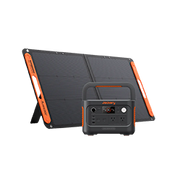
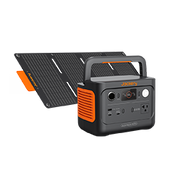


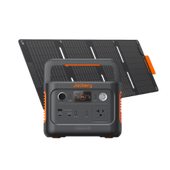
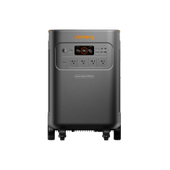


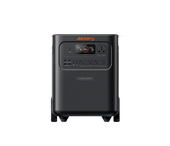


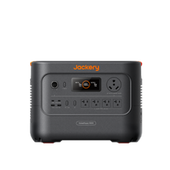
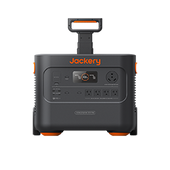
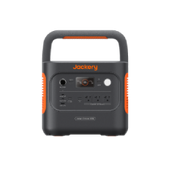
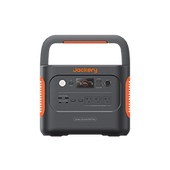
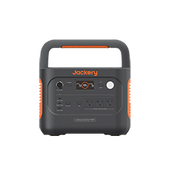


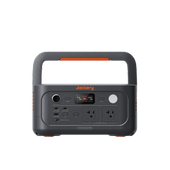
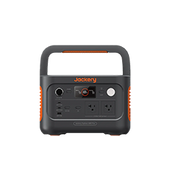
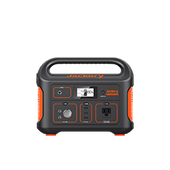
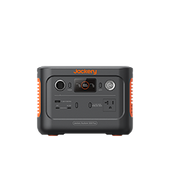
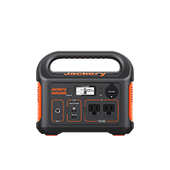








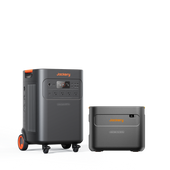


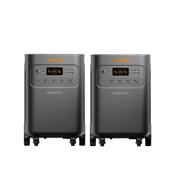














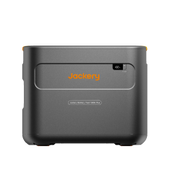
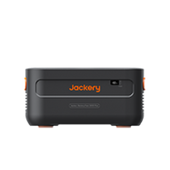
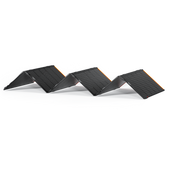
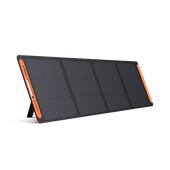

![[Add - on] Jackery Manual Transfer Switch for Explorer 5000 Plus - Jackery](http://www.jackery.com/cdn/shop/files/add-on-jackery-manual-transfer-switch-for-explorer-5000-plus-9017324.png?v=1754016782&width=170)
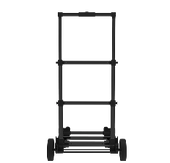

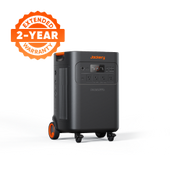
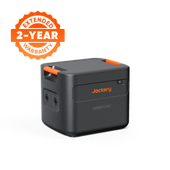
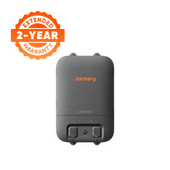







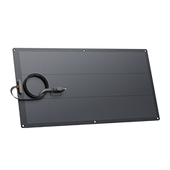
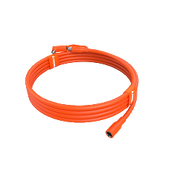

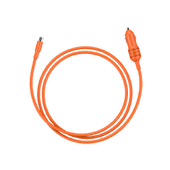


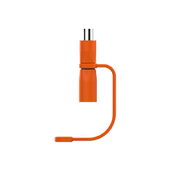
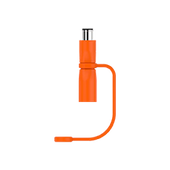
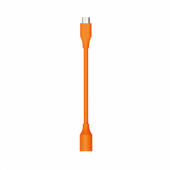
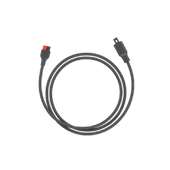


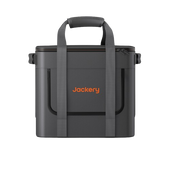
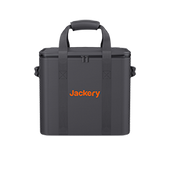
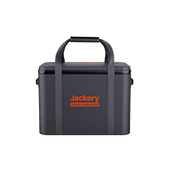
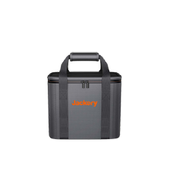
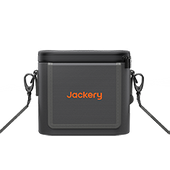

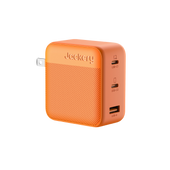
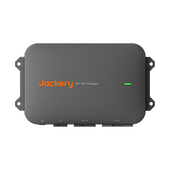

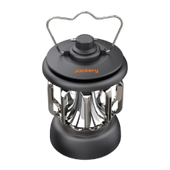



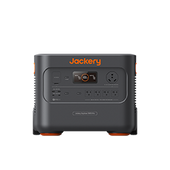

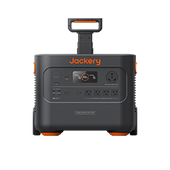

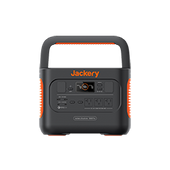
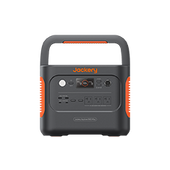

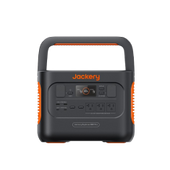

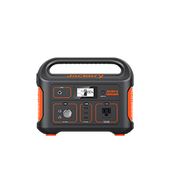

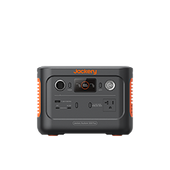
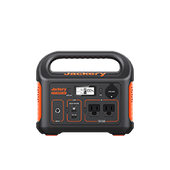
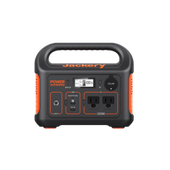
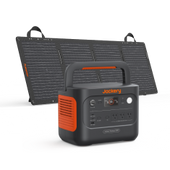


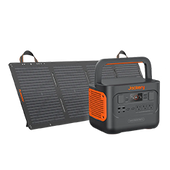
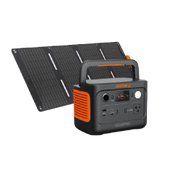




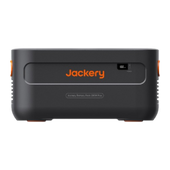
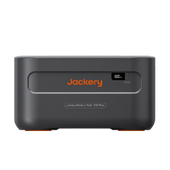




















































![[Add - on] Jackery Manual Transfer Switch for Explorer 5000 Plus - Jackery](http://www.jackery.com/cdn/shop/files/add-on-jackery-manual-transfer-switch-for-explorer-5000-plus-9017324.png?v=1754016782&width=170)


















































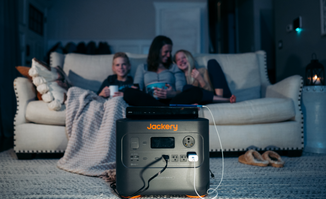

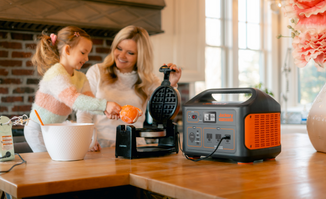
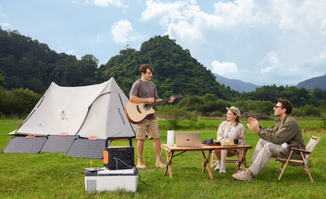
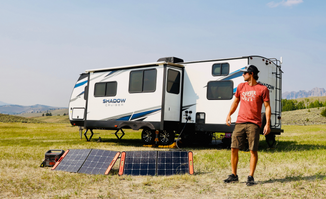

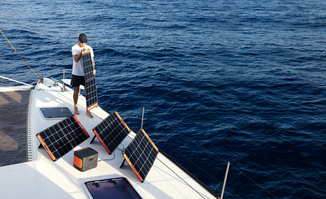
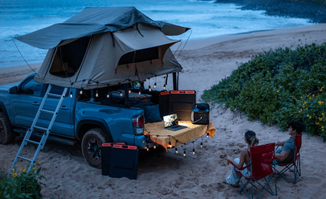
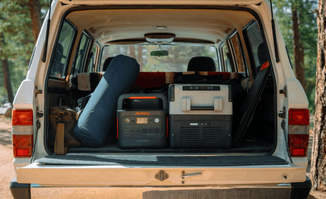










































































![[Add - on] Jackery Manual Transfer Switch for Explorer 5000 Plus - Jackery](http://www.jackery.com/cdn/shop/files/add-on-jackery-manual-transfer-switch-for-explorer-5000-plus-9017324.png?v=1754016782&width=170)



































































Jackery Essential Home Backup
Up to $2300 Off
Oct. 16th - 21st
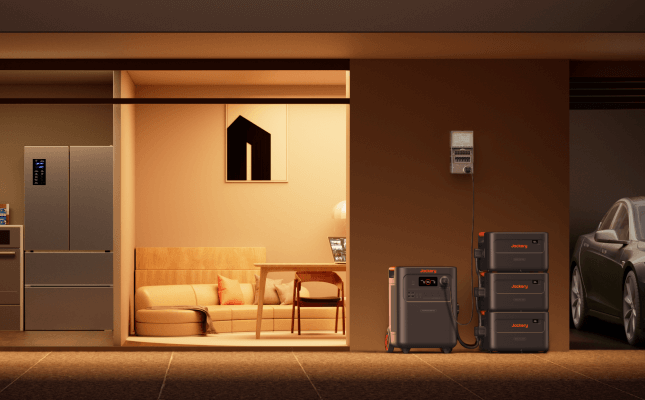
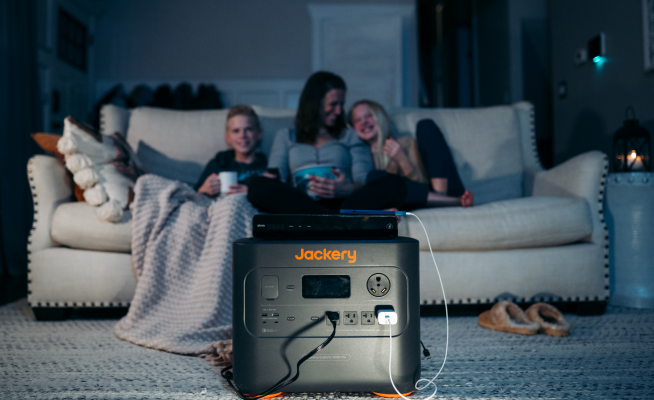

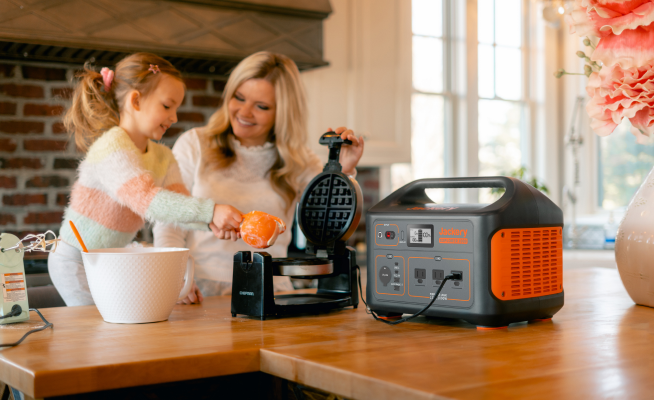
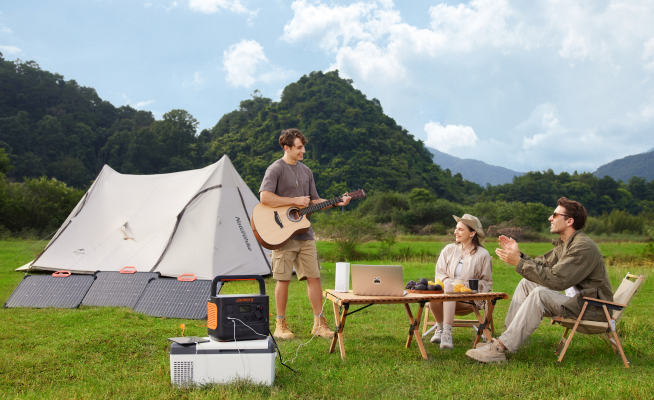
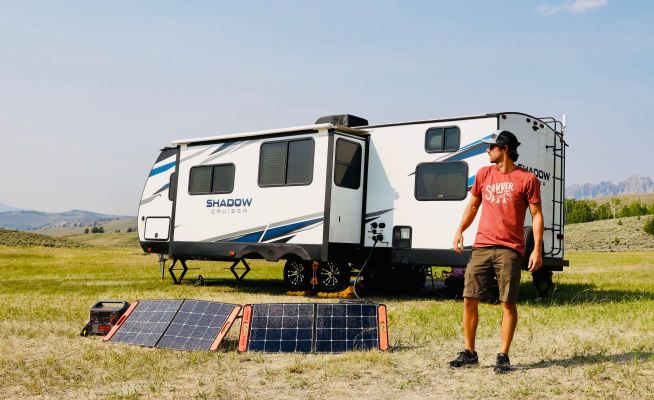
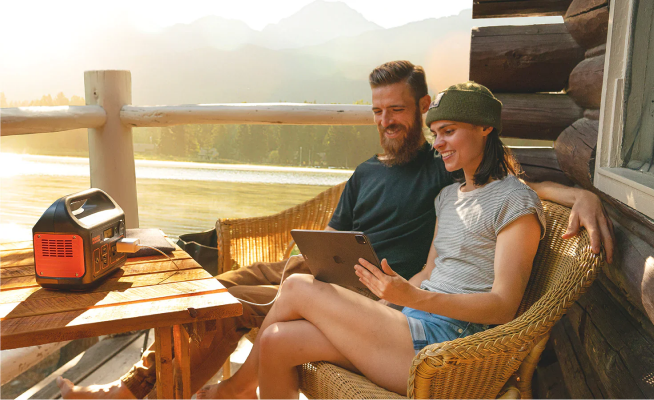
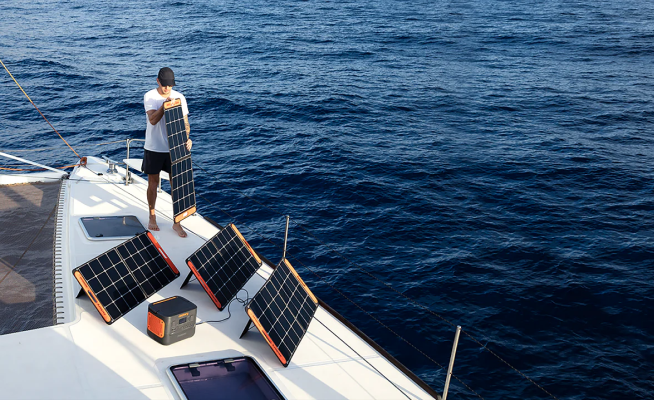
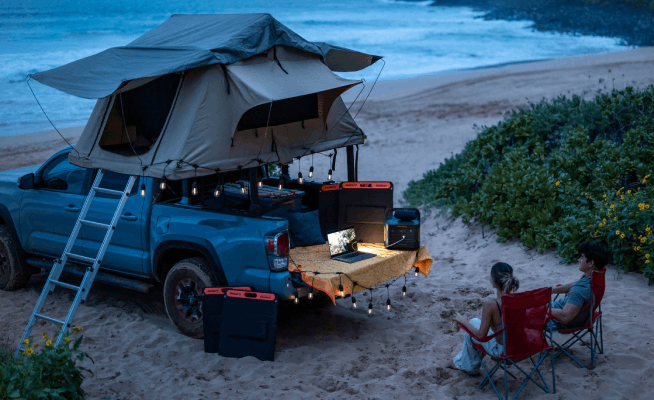
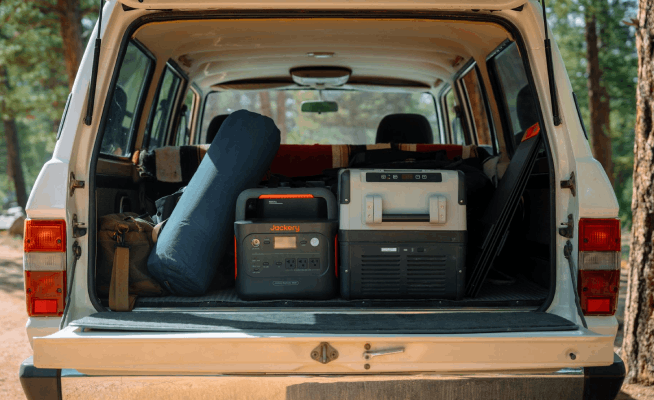
For most of her career, Lynne lived by a simple principle: prepare for what could go wrong before it does. As a safety engineer, she spent decades weaving precautions into blueprints and systems, ensuring that both workers and the public had invisible layers of protection around them. “You learn to think ahead,” she says. “You ask yourself: where would this system fail? How do we prevent it?”
That mindset did not retire with her. In her small Florida home, perched near the water in Pinellas County, she carries the same instinct into daily life. Hurricanes have become a seasonal rhythm there, each storm an exercise in foresight and resilience. And in that rhythm, one piece of equipment has become as vital to her as a seatbelt: her Jackery portable power stations.
Lynne first heard the name in 2022, not from a glossy ad or a sales pitch, but from an inspector. They were standing in her home, talking about hurricanes, when Lynne confessed she disliked her gas generator. The smell, the danger, the weight of reliance on fuel—it all grated against her sense of safety. The inspector nodded and said he was going to buy something called a Jackery.
Lynne went home and did what engineers do: research. She compared Jackery with competitors, joined Facebook groups, and listened to how real people described their experiences. “Jackery won out way ahead of everybody else,” she recalls. By the time the next storm season loomed, she had invested in a Jackery Explorer 1000 Plus with an expansion pack, two SolarSaga panels, and a smaller Jackery Explorer 300 Plus. It was the beginning of what would soon become a carefully assembled collection.
When Hurricane Helene swept through, and later Hurricane Milton, Lynne’s preparations were tested. For two to four days at a time, her neighborhood went dark. Many of her neighbors evacuated, leaving a silence broken only by the wind moving through empty streets. “It was very lonely,” she says. “I was one of the few who stayed.”
But inside her home, a pocket of normalcy glowed. The chest freezer hummed, the small refrigerator clicked on, her lights glowed, and her phone stayed alive. She even powered a fan against the heavy Florida air. “It gave me comfort,” she says. “Just having the basics made all the difference.”
Her professional instincts merged with personal relief. She monitored wattage on the Jackery display, swapped out incandescent bulbs for LEDs, and learned the exact draw of each device. Power became not just survival but a study: something she could master, measure, and trust.
The storms revealed the value of backup power, but Lynne soon found that Jackery extended into daily life in quieter, more surprising ways. She hauls her Explorer 1000 out to the yard during the rainy season to power a sump pump, keeping drainage boxes clear of stagnant water and mosquitoes. At neighborhood gatherings, she sets up fans or speakers, her orange unit blending casually into the scene.
“It’s very convenient,” she says. “I don’t always want to run an extension cord. Sometimes I just want power where I need it, right there.”
Even her yet‑to‑be‑realized plans—camping trips she hopes to take—are threaded with Jackery. She imagines setting panels in a sunny clearing, charging phones, powering a lantern, maybe even brewing tea.
In Florida’s dense suburbs, solar panels are as much about placement as power. Lynne favors Jackery’s 100‑watt panels for their size and ease. “They’re short, easy to carry, and you can find a spot for them,” she explains. With two panels, she pulls around 150 watts on a good day—never quite the maximum, but enough to feel productive. Charging her units with sunlight also gives her a small satisfaction: cutting down on utility use, relying less on the grid.
For someone who has always thought about safety and sustainability, that balance matters. “It’s not just about emergencies,” she says. “It’s about everyday resilience.”
Among her growing collection, the Explorer 1000 Plus remains her favorite. “It powers everything I need,” she says simply. From her electric water kettle to her Mrs. Tea Maker, sometimes even both at once, the unit delivers. She also points out one feature she considers crucial: the ability to open her large, heavy roll-up hurricane shutters using the 1000 Plus. In hurricane season, that means she can secure or open her home even when the grid is down — a detail that, to her, is as essential as keeping the lights on.
But what she values most is its weight.
At about 35 pounds, with an additional 24‑pound expansion battery, it’s manageable for her to carry alone. In hurricane conditions, when she might be the only one at home, that portability is more than convenience: it’s independence. “It’s practical,” she says. “You can move it around the house, outside for charging. It’s freedom.”
Among her growing collection, the Explorer 1000 Plus remains her favorite. “It powers everything I need,” she says simply. From her electric water kettle to her Mrs. Tea Maker, sometimes even both at once, the unit delivers. At about 35 pounds, with an additional 24-pound expansion battery, it’s manageable for her to carry alone. In hurricane conditions, when she might be the only one at home, that portability is more than convenience: it’s independence. “It’s practical,” she says. “You can move it around the house, outside for charging. It’s freedom.”
Lynne speaks about expansion packs with the same calm conviction she once applied to safety codes. For her, they’re not an accessory but a safeguard. With an expansion pack, her freezer and fridge can run for up to 42 hours, nearly two days of breathing space in the anxious calculus of a storm week.
“That’s incredible,” she says. “When you lose power for days, you’re not just worried about light. You’re worried about food, about waste, about losing everything in your freezer. Forty‑two hours is peace of mind.”
She now owns both the Explorer 1000 Plus and the Explorer 2000 Plus, appreciating the latter’s ability to charge its expansion battery separately from the main unit—a detail she calls “brilliant design.”
When she talks about Jackery, Lynne’s voice carries both technical clarity and a quiet warmth. She’s not describing gadgets so much as tools of reassurance. In her neighborhood, where many evacuate and silence settles in after storms, her lit rooms become a small island of stability.
There’s a kind of intimacy to the way she describes her units—like companions in solitude. They’ve been lent to friends, carried to parties, and kept her company in the loneliest hours after hurricanes. “It just gave me a bit of normalcy,” she says.
Lynne may have left her engineering office behind, but her life remains anchored in foresight. Jackery, for her, is not just backup power; it’s an extension of a worldview shaped by decades of preparing for what others might overlook.
Her story is not dramatic in the cinematic sense. It is not about outrunning storms or grand survivalist gestures. Instead, it is about daily, practical resilience, the kind that allows one woman, living close to the water, to sit through the long dark of a hurricane with her freezer humming, her fan spinning, and her tea brewing.
And in that quiet hum, there is a lesson: safety is not only the absence of danger. Sometimes, it is the simple presence of light in the storm.
More